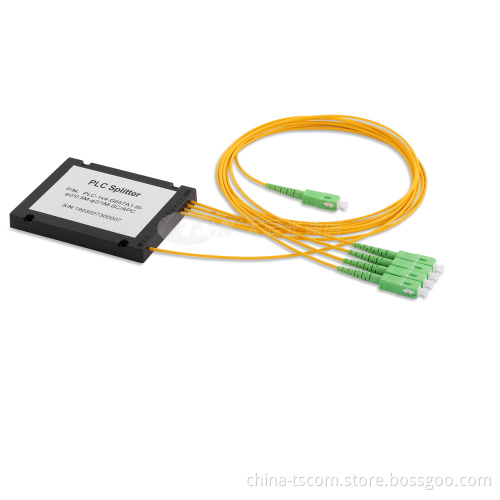
MTP/MPO LOOPBACK
-
$10.00≥1000 Piece/Pieces
- Min. Order:
- 1000 Piece/Pieces
- Min. Order:
- 1000 Piece/Pieces
Quantity:
Your message must be between 20 to 2000 characters
Contact NowBasic Info
Basic Info
| Payment Type: | T/T |
|---|
Product Description
Product Description
T & S MTP / MPO fiber loop is a device used for parallel connection tests and an aging test of optical communication equipment. Well-designed by engineers at T&S, our MTP/MPO loopback adapter can transmit the optical network signal from the transmitter to the receiver, thereby forming the optical signal receiving and transmitting loop. MTP / MPO fiber loop provides a fast and efficient way to test the transmission capacity and receiving sensitivity of optical network equipment. T & S MTP / MPO fiber loop has 8F, 12F, 16F, 24F, 32F channels with low loss and conventional loss, single-mode and multi-mode options. Our MTP/MPO loopback adapter is now widely used for optical network equipment self-test, network diagnosis, and test, etc.
MTP Loopback with Housing and Pull-tab
The MTP loopback adapter occupies both ends of fiber in a duplex connector or a multi-fiber connector. This MTP lookback with housing and pull-tab can provide an effective solution so as to test the emission ability of the network equipment and receive sensitivity. Especially in 40/100G network communication, our MTP loopback devices can achieve optical fiber network in pairs on a single element or interface and conduct effective tests and evaluation of the Internet through back signal positioning.
MTP Loopback with Housing and Pull-tab
The MTP loopback adapter occupies both ends of fiber in a duplex connector or a multi-fiber connector. This MTP lookback with housing and pull-tab can provide an effective solution so as to test the emission ability of the network equipment and receive sensitivity. Especially in 40/100G network communication, our MTP loopback devices can achieve optical fiber network in pairs on a single element or interface and conduct effective tests and evaluation of the Internet through back signal positioning.











